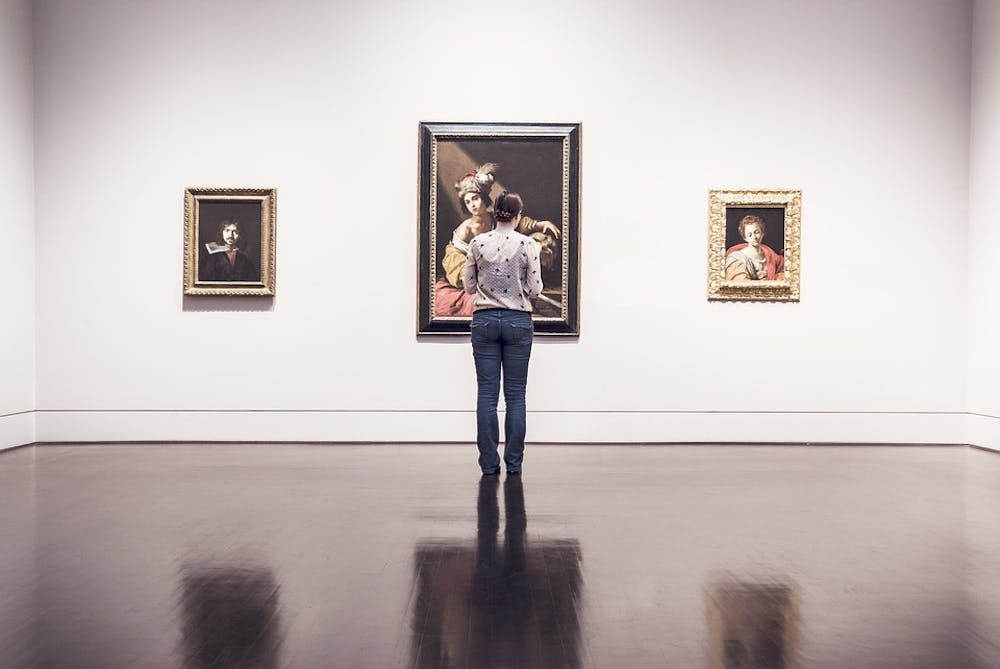So far in this series you’ve learned about galleries and auction houses. But that doesn’t complete the whole picture of the commercial art world yet. Art fairs are another big part of the industry. You might have heard of the endless parties happening on Miami Beach every December, but you’re not sure who organizes them, who goes there, or what they're for. Don't worry, we've got you covered.
WTF's an art fair?
An art fair is typically a temporary marketplace where collectors shop among a large selection of gallery booths in a span of several days. It’s like a farmer’s market, but instead of picking out groceries for a couple of dollars, you're spending hundreds of thousands on something that you can hopefully pass down to your grandchildren. It’s also like a club fair, though gallery owners must go through a selective application process and pay a significant fee to secure a premium spot at the fair.
Who’s involved in an art fair?
Galleries value art fairs as a great opportunity to gain exposure, promote their top–notch artists, connect with new collectors, and close deals that will make up the largest portion of their annual income. Collectors, on the other hand, attend art fairs to discover new talent, purchase new works of art, and network with key art world players. VIP previews and parties are usually organized around important collectors to provide them with exclusive experiences. Even though art fairs are largely commercial, in recent years there have been curated or thematic sections that focus on emerging artists or art markets and socio–political issues. Therefore, curators, whether independent or associated with institutions, are involved in art fairs as well. Regular visitors can pay an admission fee comparable to that of a museum to hop around different gallery booths and enjoy a concentrated showcase of interesting modern and contemporary art.
What are the best–known art fairs?
Art Basel (Basel, Hong Kong, Miami Beach), The Armory Show (New York) and Frieze London/New York/Masters are among the most well–established art fairs in the world. The live marketing company MCH Group is now the powerhouse behind Art Basel, though the fair was originally founded by three Swiss gallerists in the 1970s. As an influential international art gathering, Art Basel presents an enticing opportunity for brands seeking to create partnerships. UBS, BMW, and Davidoff are among just a few that sponsor Art Basel every year. Similarly, The Armory Show was founded in 1994 by four New York gallerists who sought a platform to present and promote new voices in the visual arts. Recently, The Armory Show has developed a new direction aiming at increasing the curatorial focus of the fair, fostering young galleries, and commissioning site specific artwork commissions. Frieze, on the other hand, is a media and events company founded in 1991 that first became known by its range of publications, and later started to organize three international art fairs (Frieze London, Frieze New York and Frieze Masters), Frieze Academy and frieze.com.
Bonus
There are still a few months before you can attend The Armory Show (March) and Frieze (May) in New York, but you can browse past art fairs on Artsy, either by exhibitors, works, or artists.

